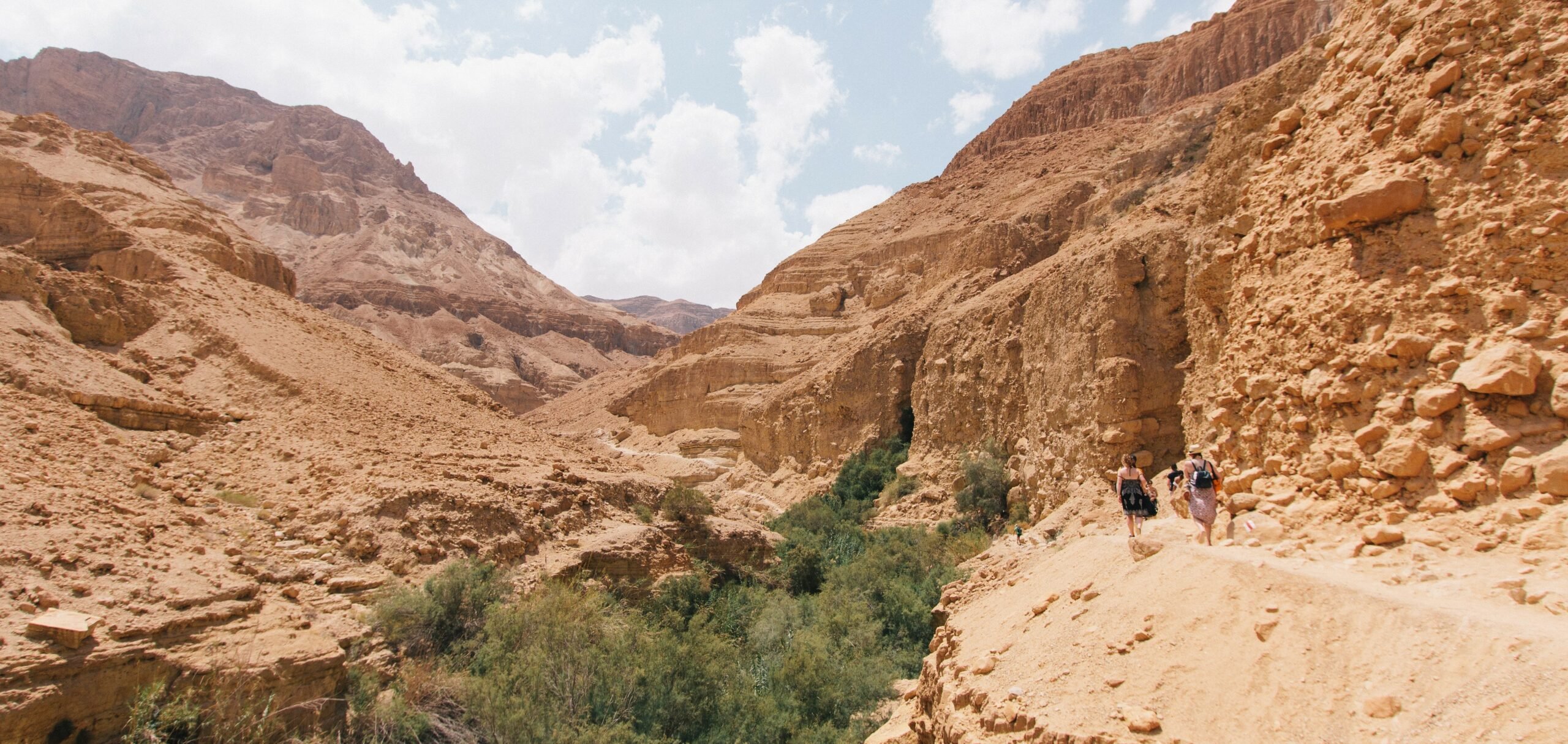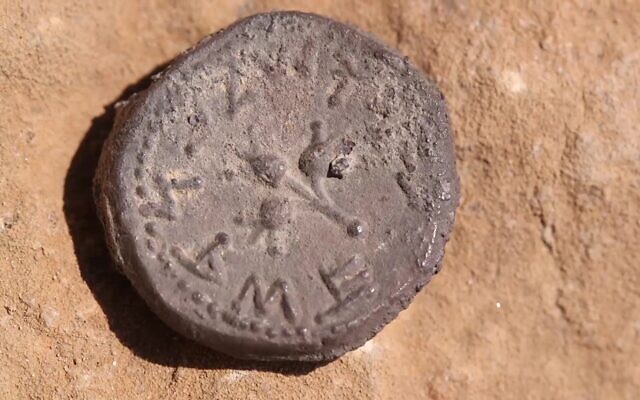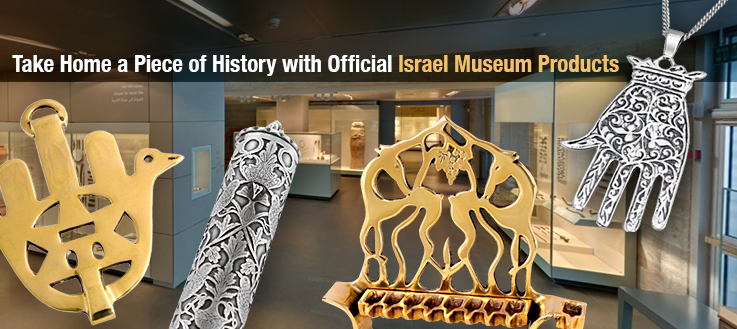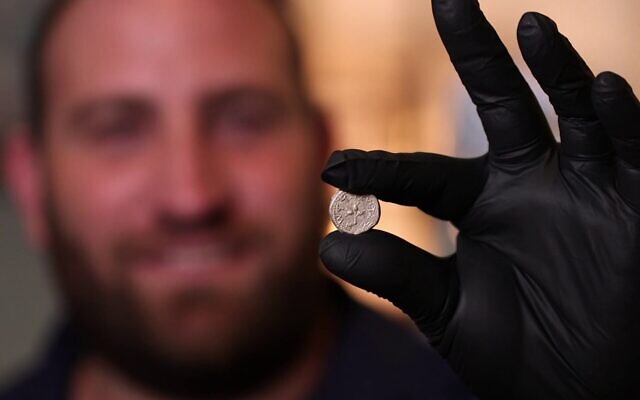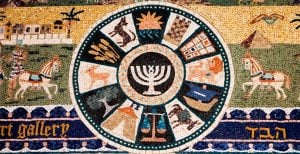Yaniv David Levy, a scholar from the Israel Antiquities Authority, showing the discovered Judean coin (Photo credit: Emil Aladjem/IAA)
It’s noteworthy that the inscription of “Holy Jerusalem” on the discovered coin is written in Hebrew rather than Greek, the usual language of the currency of the Roman Empire at the time. According to researchers from the Israel Antiquities Authority, this means that this half-shekel was minted autonomously by the Jewish community itself, in defiance of the emperor and as an act of resistance against the Roman occupation.
Israeli archaeologists theorize that this particular coin must have been dropped by a Judean rebel roaming the hills and caves outside Jerusalem. It was found near the Ein Gedi oasis in the Judean desert.
Other Judean coins from this era had been previously found in excavations in the Land of Israel, though what makes this one especially rare is that it was one of the very first ones minted during the Jewish uprising.

Click here to browse breathtaking jewelry pieces incorporating ancient Judean coin designs, from some of Israel’s most talented artists!
The timing of the find was also particularly special and significant, as it was discovered right before the Jewish fast day of Tisha B’Av, which commemorates the destruction of the Holy Temple in 70 CE and the failed Jewish Revolt by the very Judeans who minted and used this coin - making it a poignant connection to our ancestors and our history!
Shop our magnificent Jerusalem gifts for a timeless connection to ancient history and the Land of Israel!
